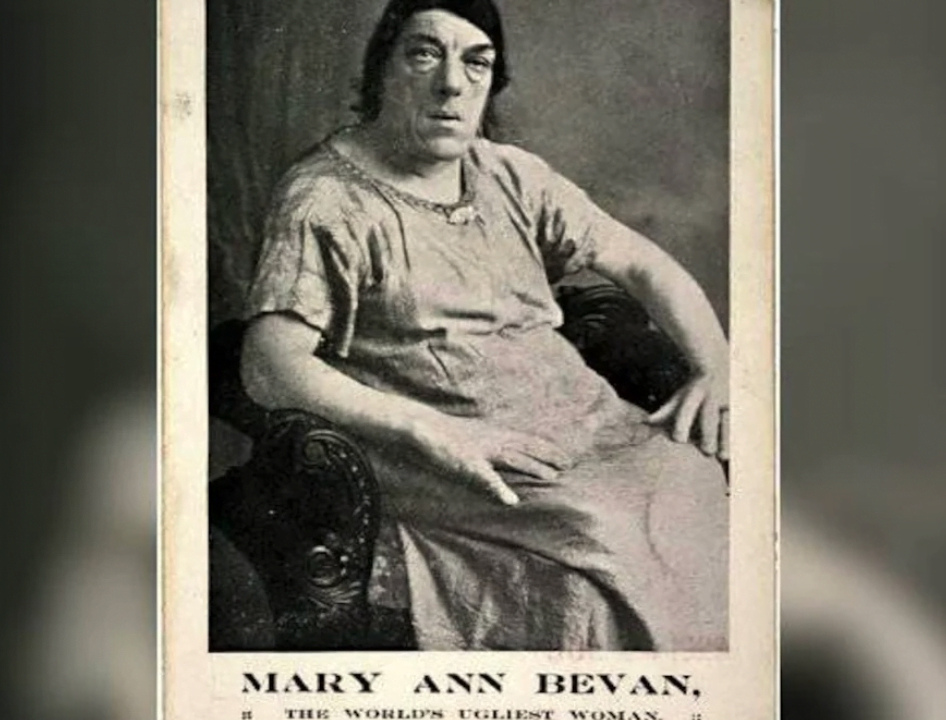In today’s modern world, we can all be grateful for the progress we have made as a civilization. However, it’s important to remember that just a few centuries ago, there were aspects of daily life that were truly archaic and belonged in the past.
One such example is the popularity of “freak shows” in the 19th century, where individuals with unique physical characteristics were put on display for public entertainment.
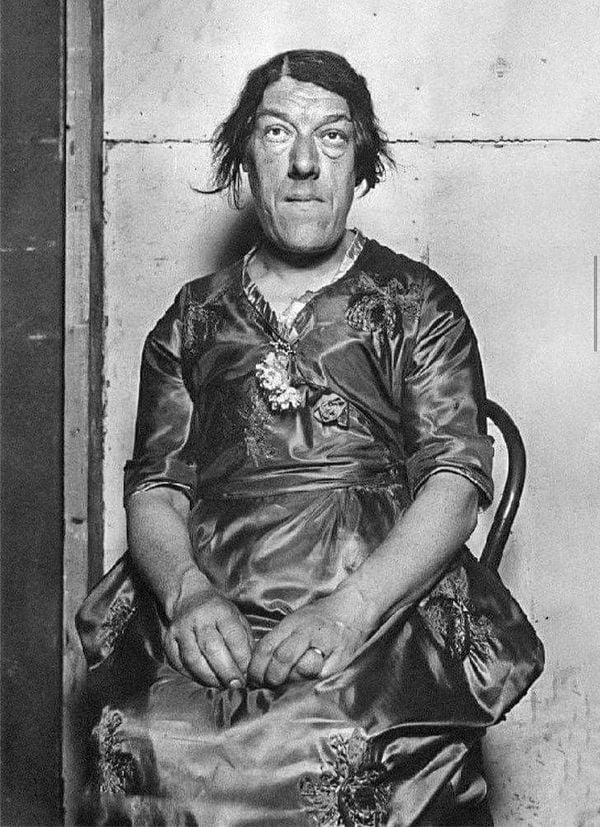
Mary Ann Bevan, unfortunately, found herself in the midst of these so-called “odd” people and earned the title of “Ugliest Woman in the World.” Her story is both fascinating and tragic, reminding us of the importance of never forgetting the past.
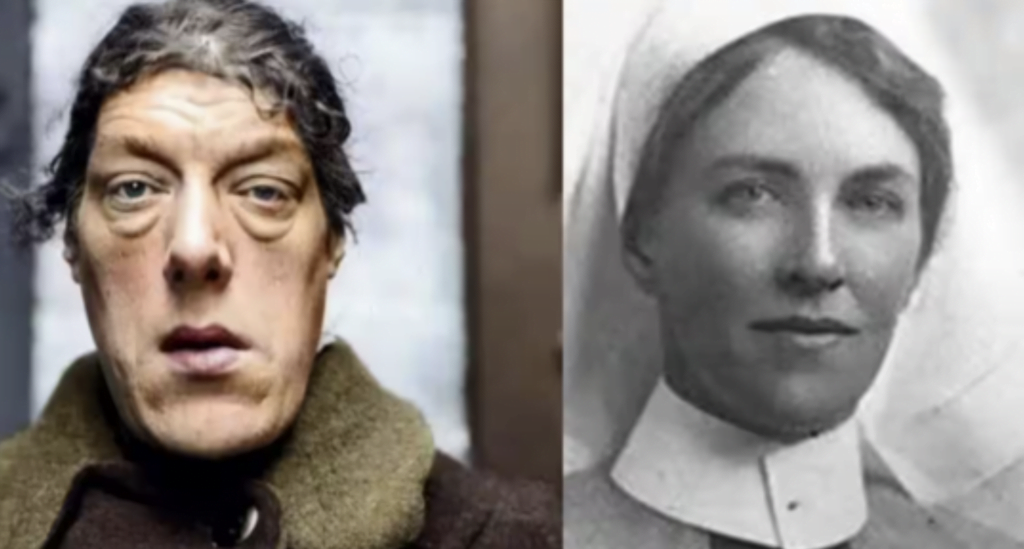
Putting individuals on public display for profit is a practice that we now find deeply wrong. In the 19th century, these “freak shows” were widely popular, but today, we understand the ethical implications of exploiting people for personal gain.
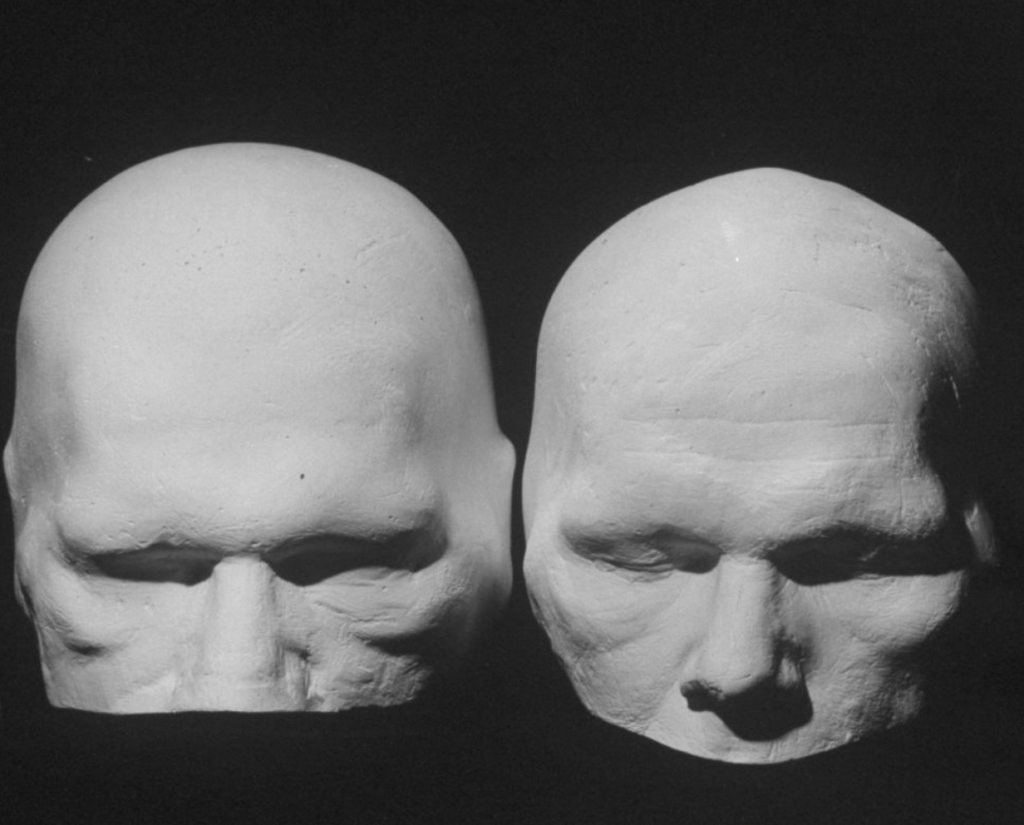
Mary Ann Bevan, born on December 20, 1874, in Plaistow, East London, grew up in a working-class household with eight children. While her brothers found jobs to support the family, Mary Ann had different aspirations. She pursued an education, graduated from medical school, and began working as a nurse in 1894.
With a promising future ahead of her, Mary Ann was a beautiful young woman living in the vibrant city of London. She married Thomas Bevan in 1902, and together they had four children. However, tragedy struck when Thomas suffered a stroke and passed away after 14 years of marriage, leaving Mary Ann a widow with four young children to care for.
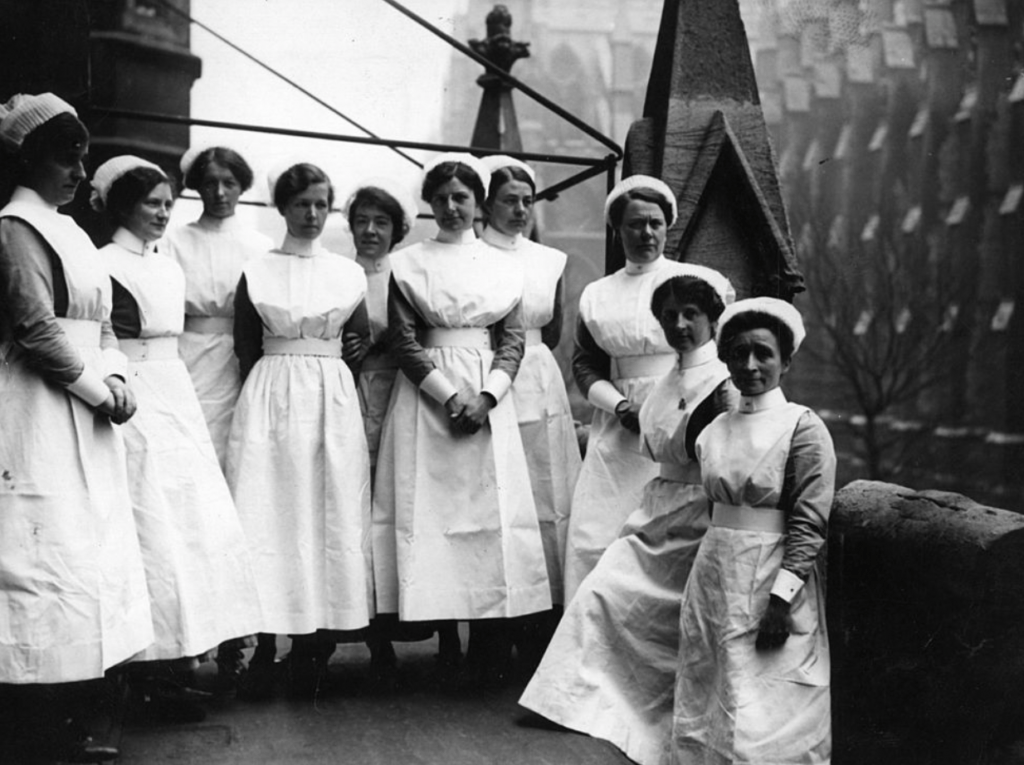
As Mary Ann coped with the loss of her husband, she also had to confront another challenge. Soon after her marriage, she began experiencing physical problems which worsened over time.
It was later discovered that she had acromegaly, a rare condition caused by an overproduction of growth hormone that resulted in her body tissues and bones becoming enlarged. This debilitating condition primarily affected her appearance, especially her face, which became broader and more masculine.
Today, we have a better understanding of acromegaly and how to treat it. However, during Mary Ann’s time, little was known about the condition, making it a struggle for her to find help. She not only suffered physically but also experienced great difficulty in finding employment and providing for her children due to her transformed appearance.
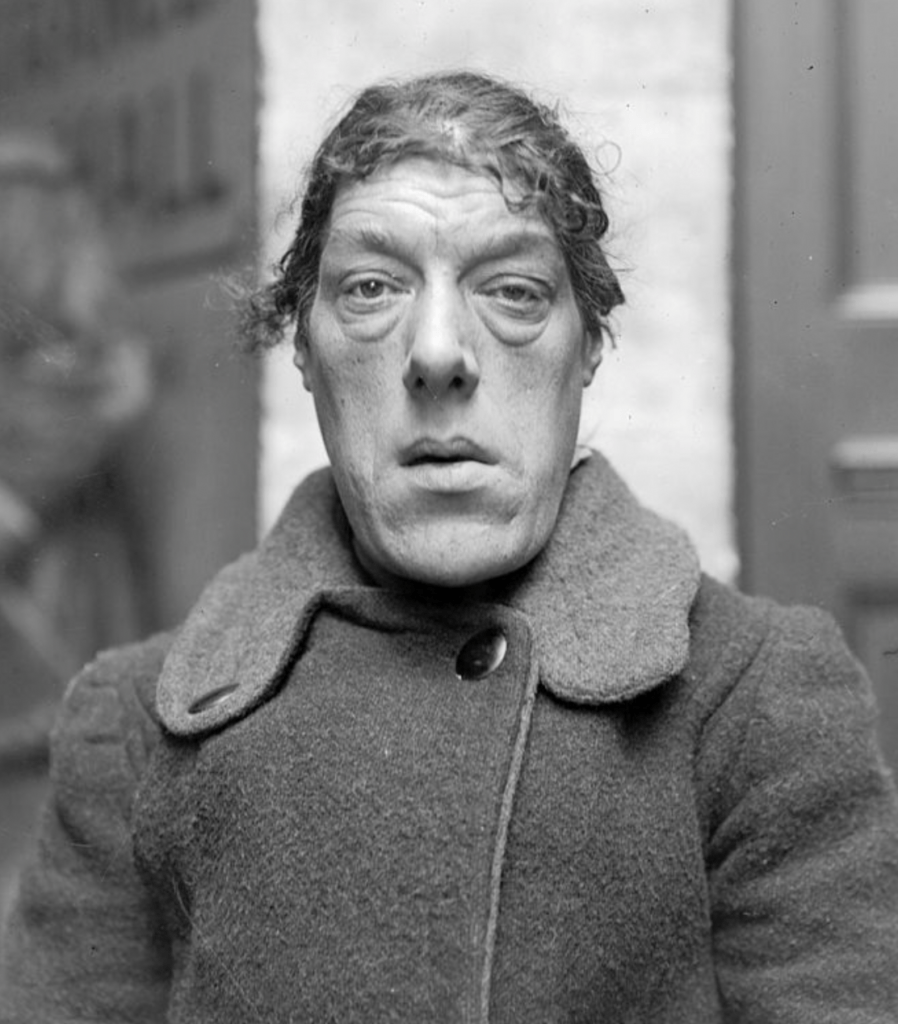
A Desperate Turn of Events
In a desperate turn of events, Mary Ann stumbled upon a newspaper ad that would change her life. The ad sought the “ugliest woman” for a well-paying role in Barnum and Bailey’s circus, owned by showman Samuel Gumpertz. Mary Ann had no choice but to respond, driven by mounting debts and the need to support her children.
However, there was much more to Mary Ann than just her appearance. Claude Bartram, the person who placed the ad, saw beyond her physical features. He saw her resilience and strength of character.
Bartram convinced Mary Ann to join the circus, promising her a weekly salary of £10 for a year, along with expenses and a share of the proceeds from the sale of picture postcards featuring her. This income would enable her to provide for her children’s education.
From Tragedy to Triumph
Mary Ann’s fame preceded her as she traveled to New York in 1920. Newspapers in the Big Apple featured her on their front covers, branding her “The Ugliest Woman on Earth.” At the Coney Island Circus, she outshone her fellow performers with her captivating presence and became the main attraction.While some questioned the morality of using circus performers as mere props, Mary Ann’s story caught the attention of renowned neurosurgeon Harvey Cushing. He wrote a letter to Time magazine, urging people to show compassion for Mary Ann, who was a victim of acromegaly rather than a source of amusement.
Despite the challenges and criticism she faced, Mary Ann found solace in the financial success she achieved. According to The Daily Star, she earned close to $590,000 during her time with the circus. This enabled her to send her children to an English boarding school, even though it meant being separated from them on another continent.
A Legacy of Love and Sacrifice
Mary Ann returned to France in 1925 to take part in an exhibition but spent the rest of her life in New York, working at the Coney Island Dreamland Show. She passed away at the age of 59 from natural causes, and her dying wish to be buried in her native country was carried out. She now rests in South London’s Ladywell and Brockley Cemetery.
Mary Ann Bevan’s story is one of sacrifice and motherhood, demonstrating her unwavering commitment to provide for her children. Unlike today, she did not have the support and benefits that we enjoy. Mary Ann was a mother who truly loved her children and placed their well-being above everything else.
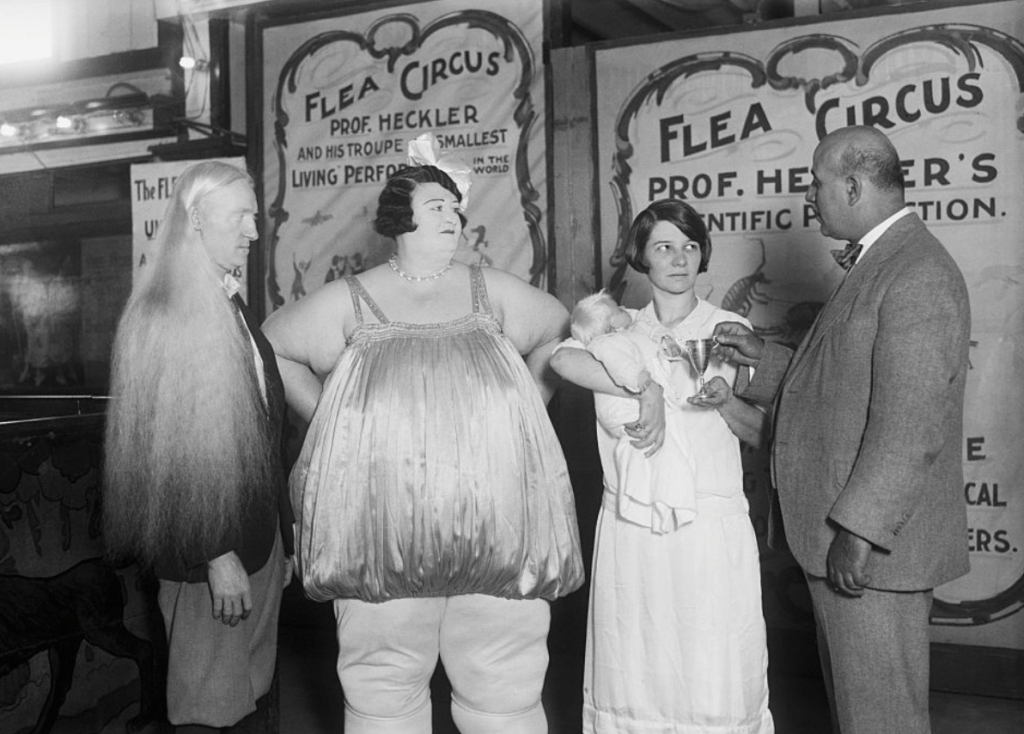
Rest in peace, Mary Ann. You deserve it.
